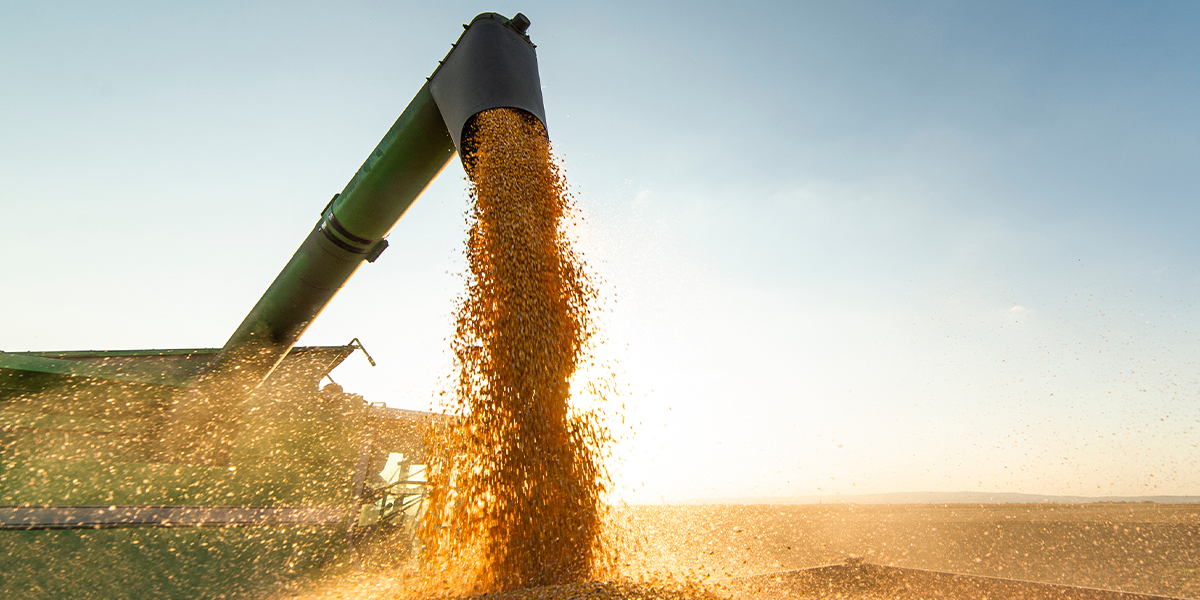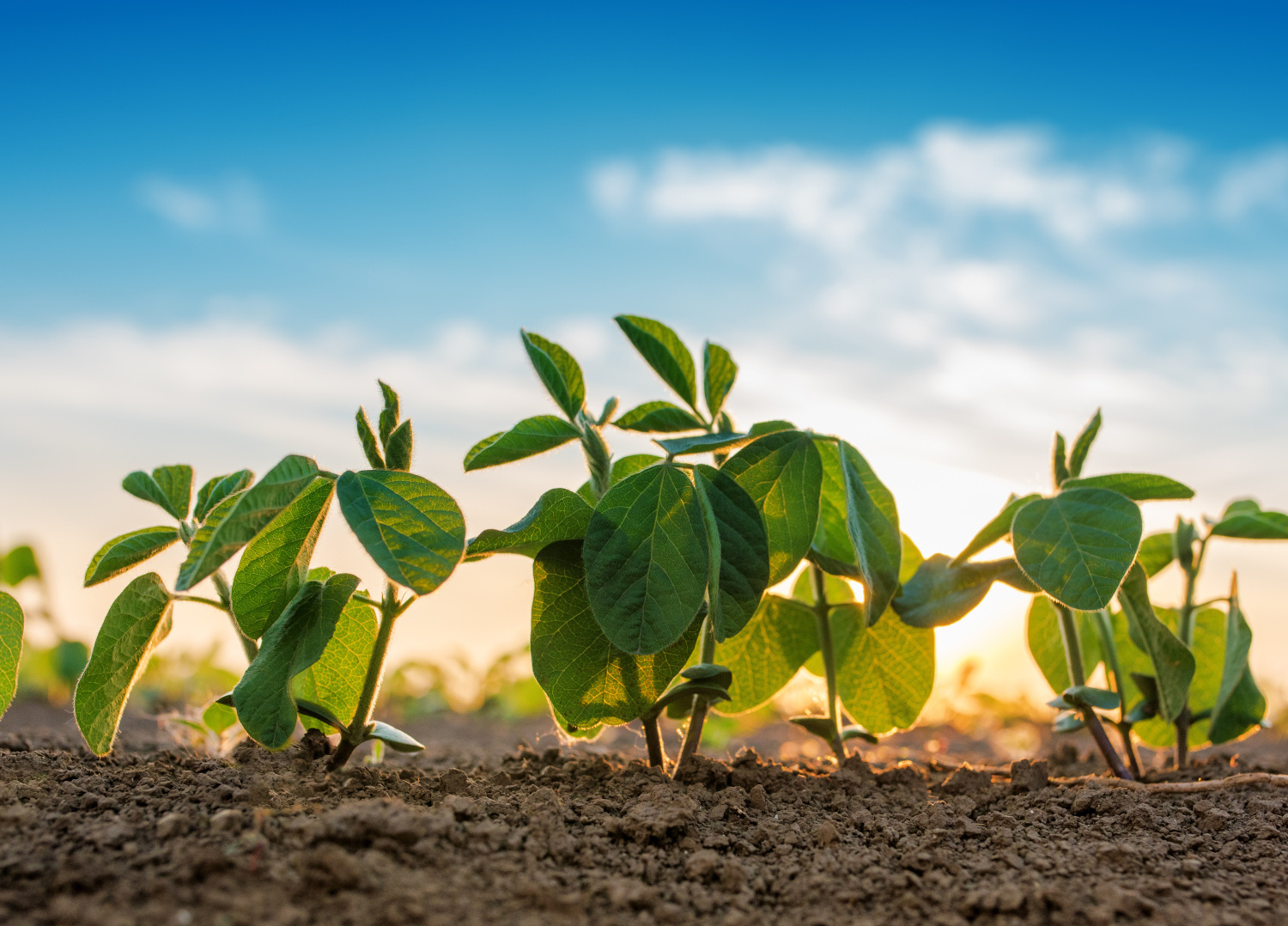
This regular feature provides an update of crop growing conditions from several farmers, along with happenings across the farm to ensure overall quality of their product.
Soybean growers across the Upper Midwest can see the light at the end of the tunnel.
According to the USDA’s Weekly Weather and Crop Bulletin, “soybean harvest across the nation was 76 percent complete by Oct. 22, two percentage points behind last year but nine points ahead of the five-year average. During the week, soybean harvesting advanced 10 percentage points or more in 14 of the 18 estimating states.”
Northern Soy Marketing (NSM) board members Nancy Kavazanjian and Eugene Goering have finished combining their soybean crop, though both are still working on harvesting corn.
“Soybean harvest moved along well,” said Goering, who farms in Nebraska. “At the beginning, we had some beans with green stems that were a little tough to combine, but we got through them.”
Besides working around the weather, soybean harvest went smoothly for Kavazanjian, who farms in Wisconsin.
“Our harvest depends on the weather,” Kavazanjian said. “We’re at the mercy of Mother Nature, especially here in the Northern Corn Belt. Of course, we were dry all summer and then when we want to harvest, we get consistent rain delays.”
Farmers are eternal optimists and despite the lack of rainfall during the growing season, Kavazanjian found the bright side.
“Because it was so dry, we didn’t have to spray fungicide which saved us money,” said Kavazanjian, who serves as NSM’s secretary/treasurer. “And we can handle the dry weather because we take care of our soil; our soybeans are no-till, and we plant cover crops.”
Though Upper Midwest soybean growers didn’t produce a record crop this year because of outside factors, many were pleasantly surprised by the outcome of their harvest.
“Our yields were better than I expected,” Goering said. “But they were very variable. The beans on our irrigated land had good yields but some of our dryland beans were disappointing.”
Kavazanjian had a similar report.
“The harvest was okay – no bin busters, no big failures,” Kavazanjian said. “The good ground had average yields and the lousy ground was lousy. So, I’d say it evened out to be an average harvest for us.”
There won’t be rest anytime soon for soybean growers – the work never stops. Though there soon won’t be any crops left in the field, farmers will be busy preparing for the 2024 growing season.
“Well, we want to get cover crops on everything. That’s our next step,” Kavazanjian said. “Then, we’ll sit down and look at our maps and look at where our crops did well and where they didn’t do well. What can we do better? What did we do right?”


